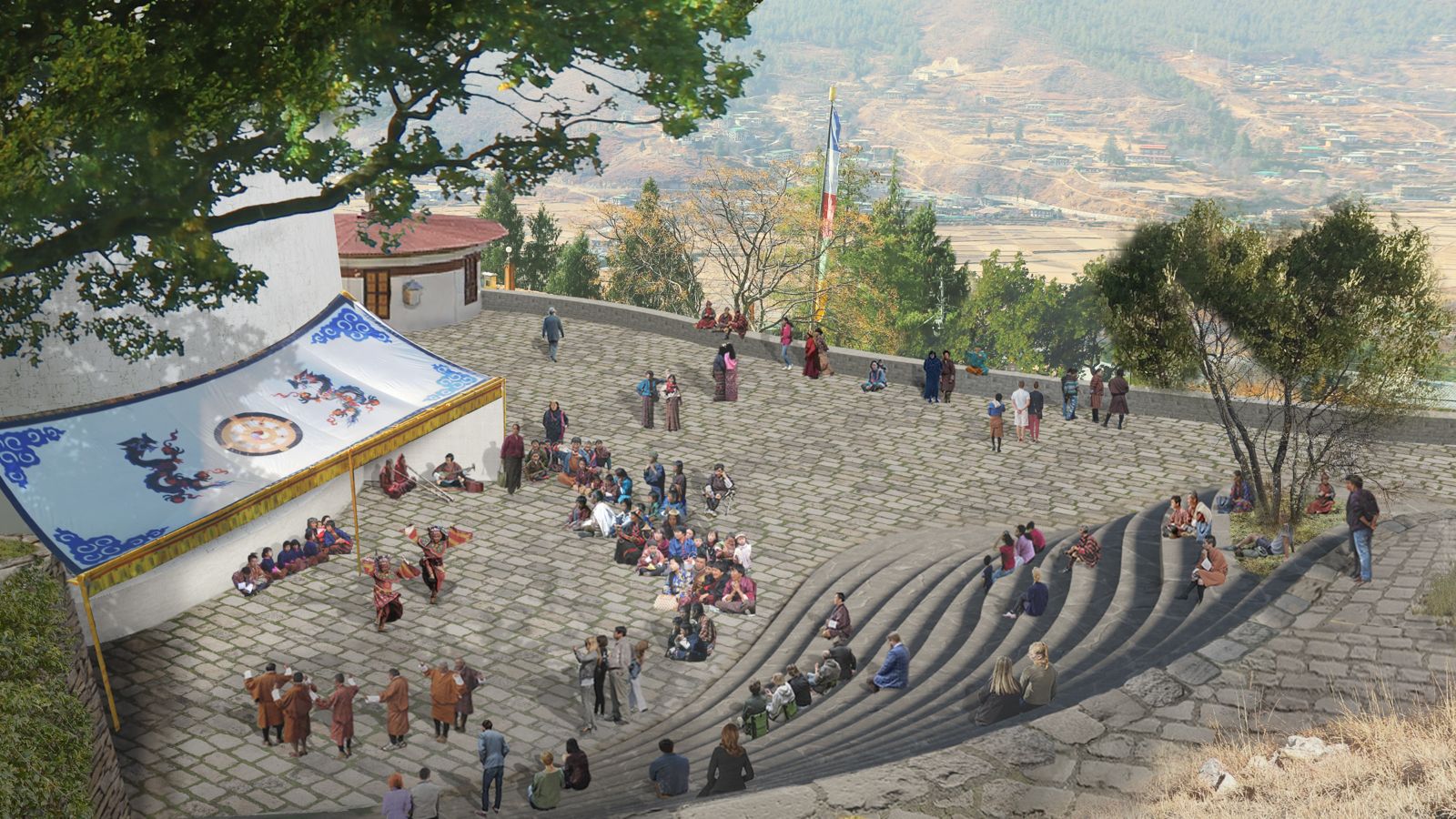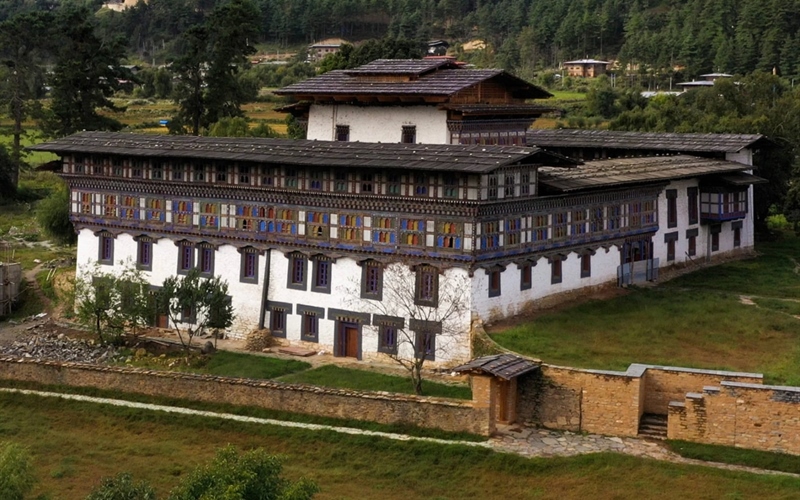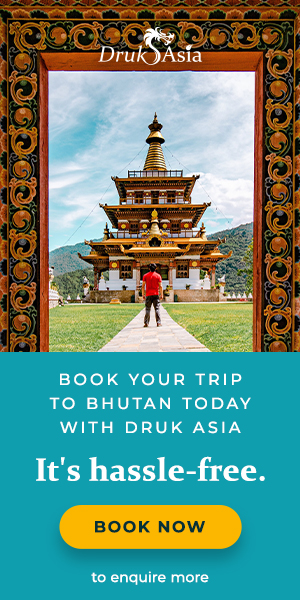Located in the spiritual heart of Bhutan, in the district of Bumthang, a remarkable architectural gem has been brought back to life. The Wangduechhoeling Palace, the birthplace of Bhutan’s monarchy and an enduring symbol of the nation’s cultural legacy, has undergone a stunning transformation.
After a decade of restoration efforts led by the Bhutan Foundation, this 19th-century royal residence has been reimagined as a state-of-the-art museum and cultural centre, seamlessly connecting Bhutan’s rich past with its vibrant future.
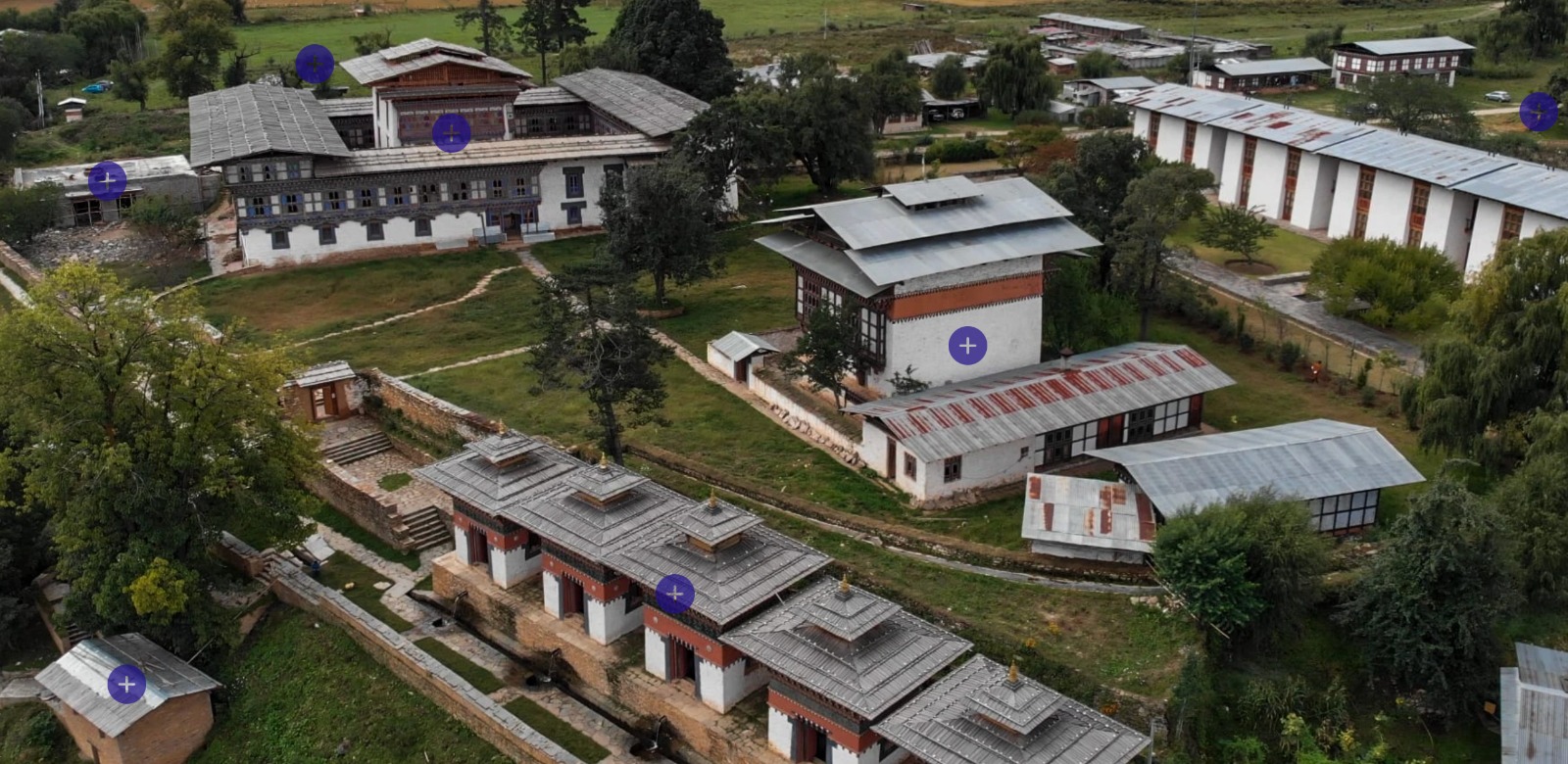
A Palace Steeped in History
Constructed in 1857 by Jigme Namgyel, the father of Bhutan's first king, the Wangduechhoeling Palace is a shining example of traditional Bhutanese architecture. For over a century, the palace was at the heart of the nation’s political power and saw the birth of Gongsar Ugyen Wangchuck, Bhutan’s first monarch. However, following the royal family's move and the relocation of the capital, the palace began to deteriorate. Over time, its stunning carvings, paintings, and wooden structures succumbed to the effects of neglect and the passage of time.
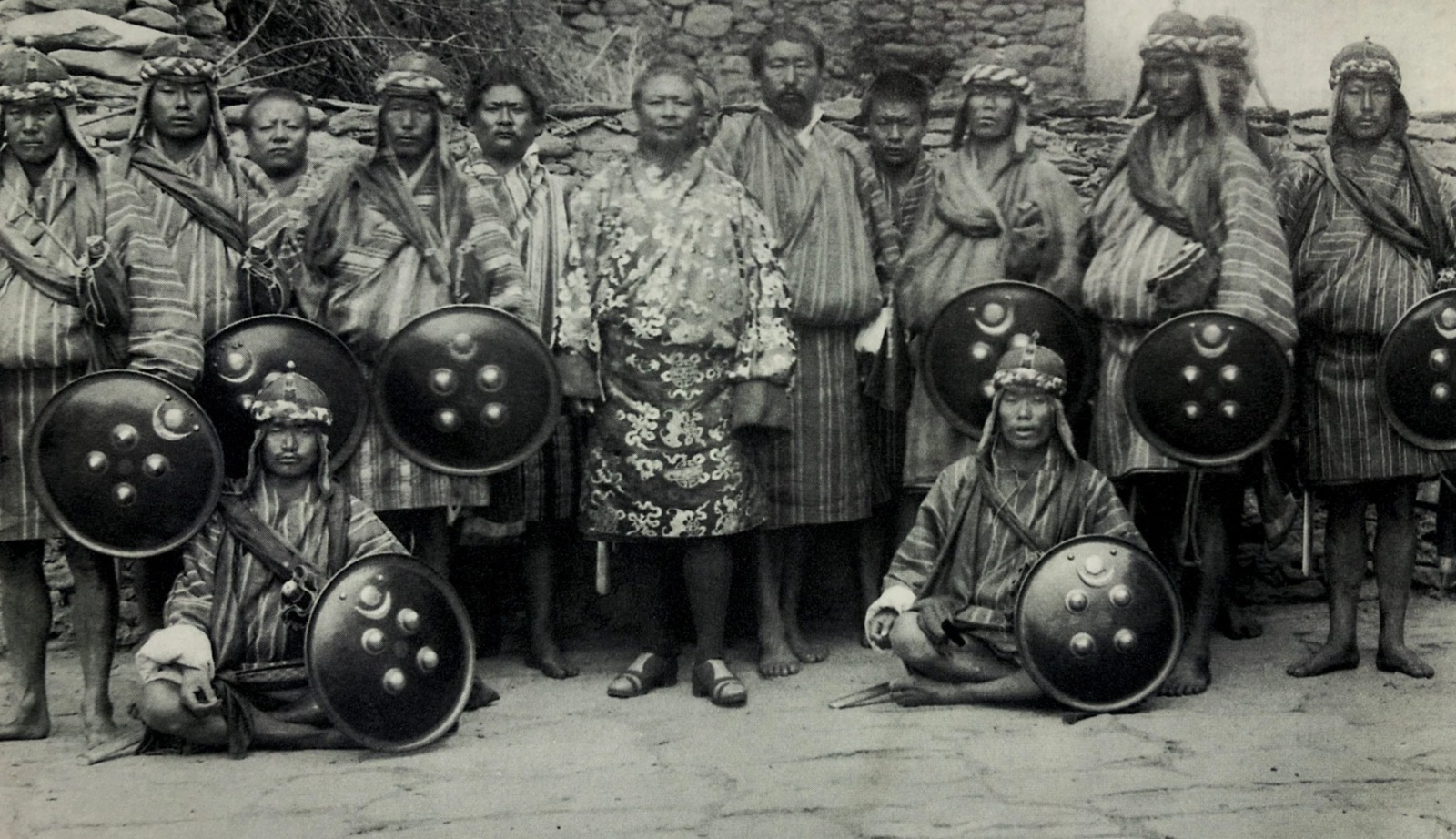
An Ambitious Restoration
Recognising the palace’s immense historical importance, the Bhutan Foundation, in partnership with the Department of Culture, launched an extensive restoration project in 2012. Spearheaded by Her Majesty Queen Mother Gyalyum Tseyring Pem Wangchuck, the project aimed not only to preserve the palace but to transform it into a lively cultural hub for the public.
The restoration was both detailed and comprehensive. Structural work included replacing rotting beams and painstakingly restoring the interior and exterior with traditional mineral rock pigment paints. Modern upgrades were also integrated, such as fire protection systems and accessibility features, making the palace a model for the adaptive reuse of heritage buildings in Bhutan.
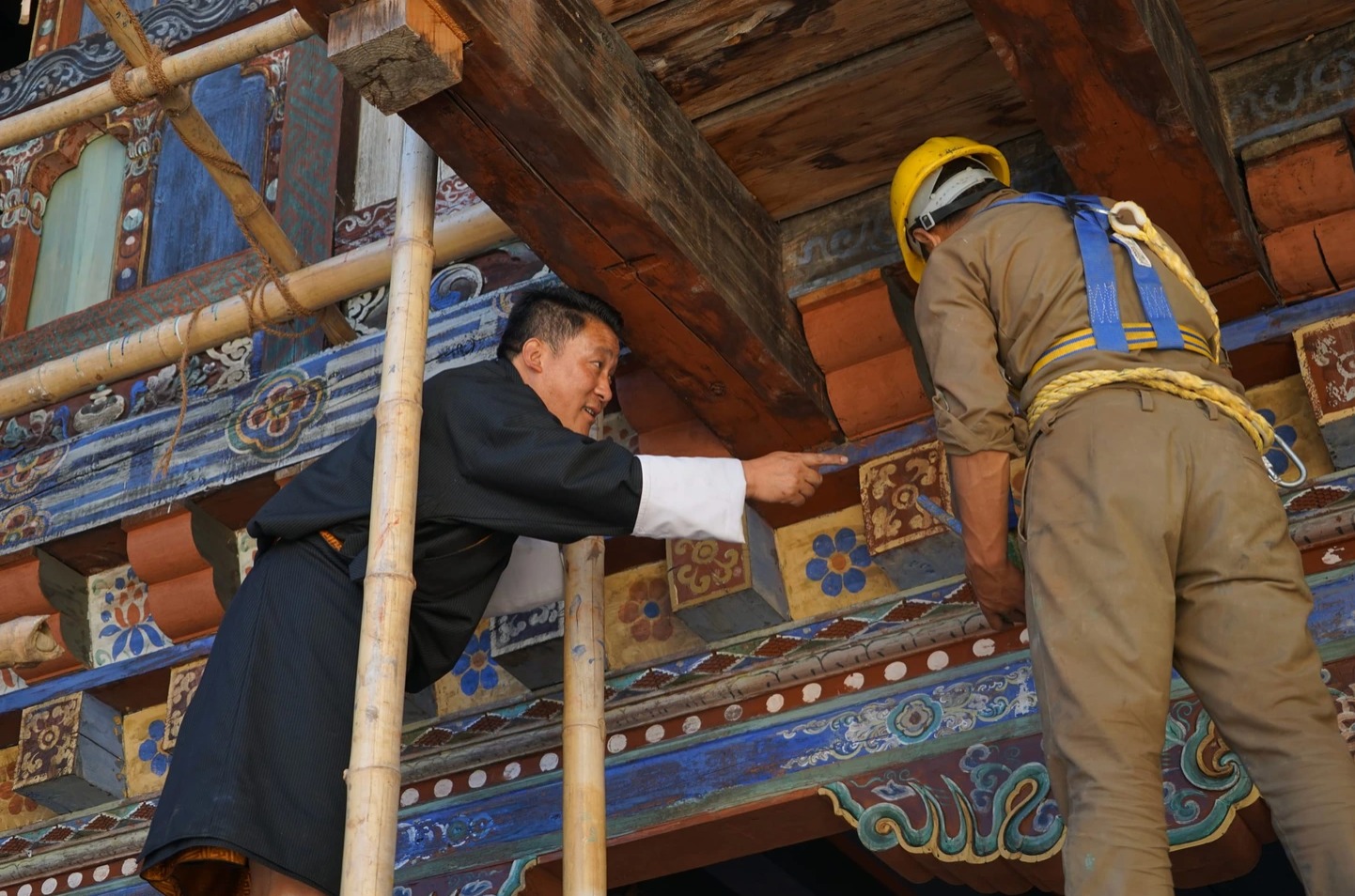
A Cultural Renaissance
On October 30, 2024, the Wangduechhoeling Palace Museum and Cultural Centre was officially consecrated in a ceremony attended by the Queen Jetsun Pema. The transformation of the palace is extraordinary. Once a decaying structure, it is now a vibrant institution dedicated to preserving and celebrating Bhutanese culture and history.
The museum’s galleries provide a captivating journey through time, with a curated selection of artifacts, manuscripts, paintings, and religious relics. Visitors can immerse themselves in the history of Bhutan, Bumthang, and the palace, with engaging exhibits and interactive displays. A standout feature of the museum is the rare sacred Tashi Gomang, a travelling shrine representing Guru Padmasambhava’s copper-coloured palace. Only 35 such shrines exist in Bhutan, adding immense value to the museum's collection.
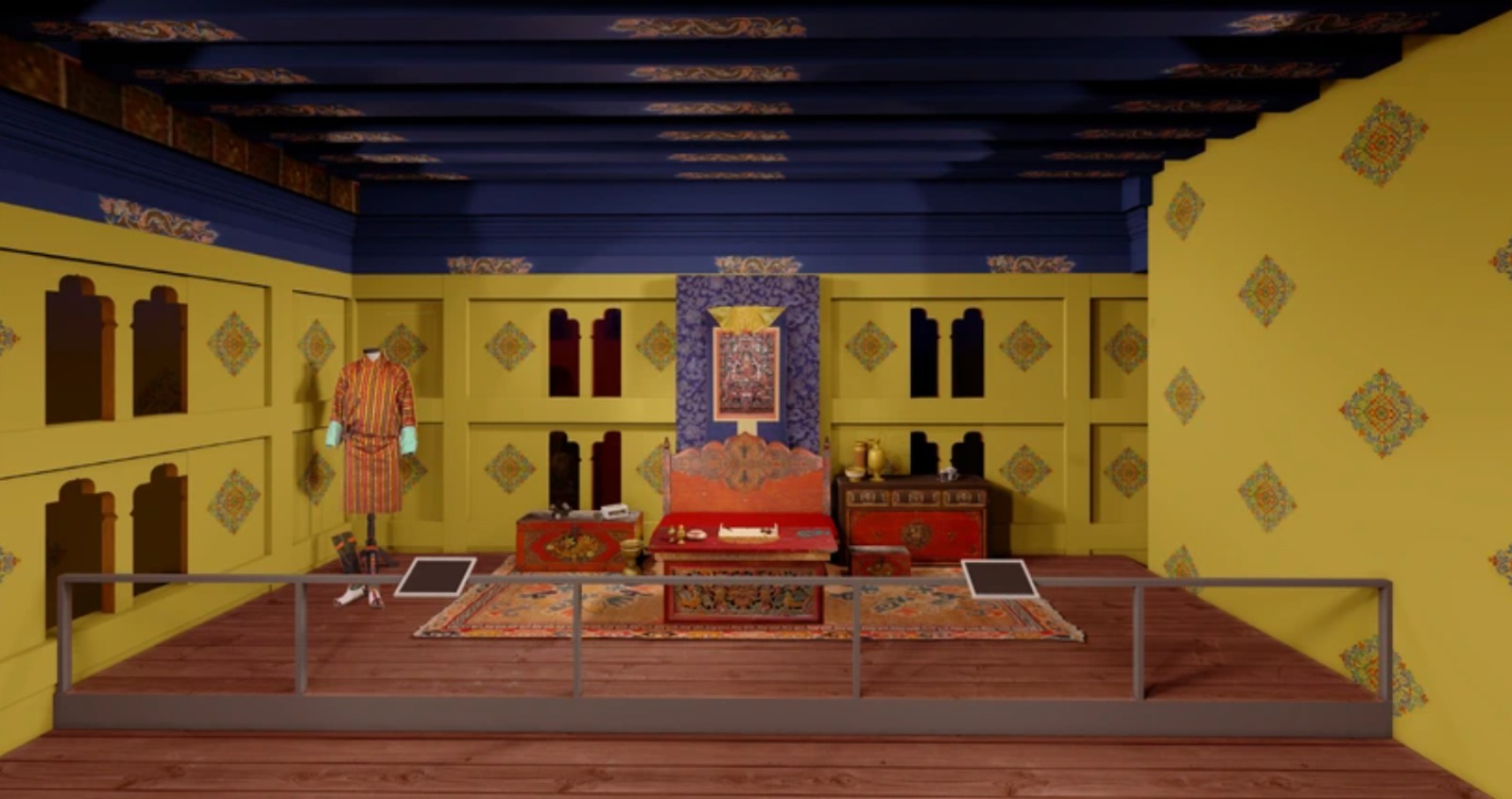
International Collaboration
The revival of Wangduechhoeling Palace is a testament to global cooperation and the generosity of Bhutan's international friends. Notable contributions came from donors in the United States and Switzerland, including the Hoch and Oltramare families, who enriched the museum with numerous historical artefacts. The project also benefited from support through the US Ambassador’s Fund for Cultural Preservation and expert advice from international conservationists.
More Than Just a Museum
The Wangduechhoeling Palace restoration extends beyond the building itself. The sprawling 20-acre site is poised to become a cultural sanctuary at the heart of Bumthang. Future plans for the area include hiking trails and riverside pathways, linking the palace with nearby monasteries and offering both spiritual solace and cultural respite amidst Jakar's slow urbanisation.
Furthermore, the project has nurtured local expertise in heritage conservation. Bhutanese architects, artisans, and painters involved in the restoration process have acquired invaluable skills, enabling them to contribute to future heritage conservation efforts across Bhutan.
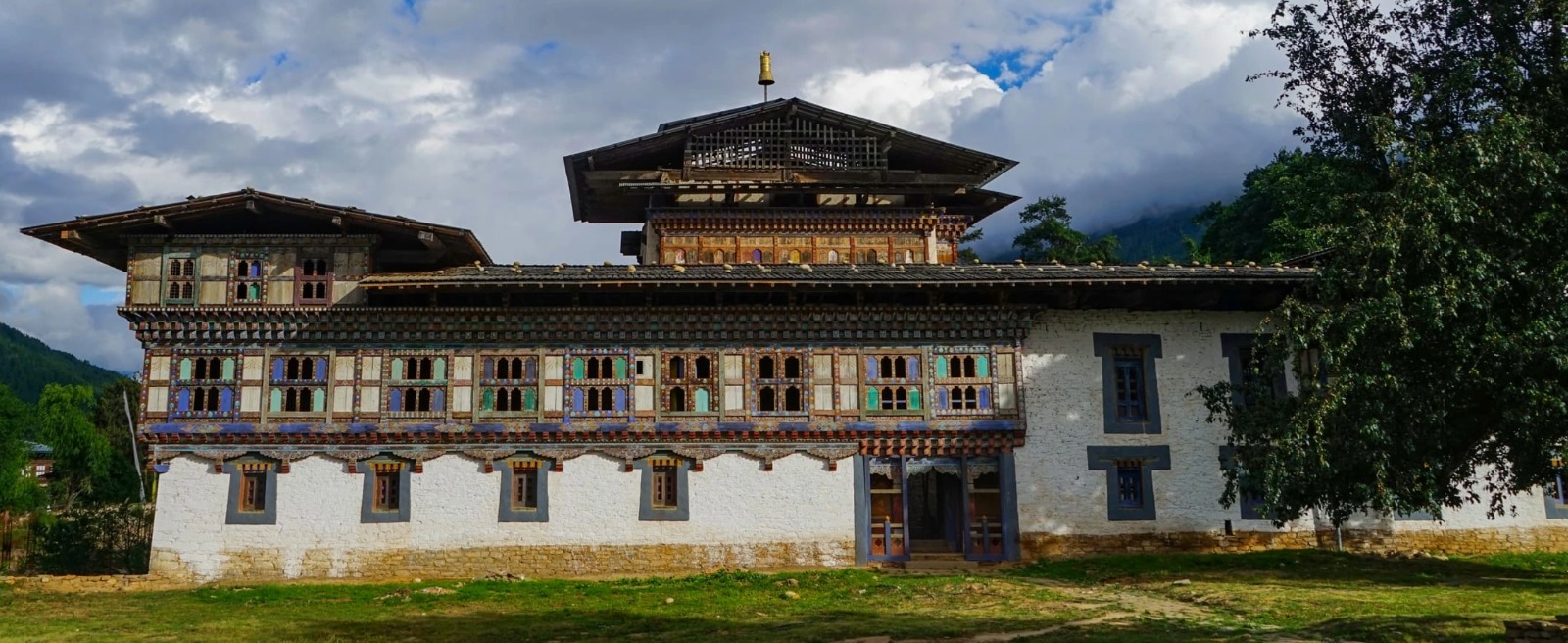
A Vision for the Future
The opening of the Wangduechhoeling Palace Museum and Cultural Centre will mark a significant milestone in Bhutan’s cultural preservation efforts. It will serve as a bridge between the past and the future, providing both Bhutanese citizens and international visitors with a deeper understanding of the nation’s history and traditions.
As Bhutan navigates the delicate balance between modernisation and cultural preservation, the Wangduechhoeling Palace stands as a beacon of hope. It demonstrates how historical sites can be revitalised for contemporary use while retaining their intrinsic cultural value. This palace, now transformed, will remain a lasting symbol of Bhutan’s commitment to preserving its heritage for future generations, ensuring that the stories of the past continue to inspire and educate for years to come.
Building Fund for the Museums of Bhutan
Aside from rejuvenating important heritage sites, Bhutan is currently undergoing a significant transformation in its approach to cultural preservation and museum development. The Department of Culture & Dzongkha Development has launched the Building Fund for the Museums of Bhutan, aiming to raise US$12 million to renovate and enhance key heritage sites across the country. This initiative focuses on revitalising the National Museum in Paro, the Royal Heritage Museum in Trongsa, and the archaeological site at Ta Dzong in Trashigang, with the goal of creating dynamic spaces for cultural events, international conferences, and community gatherings.
